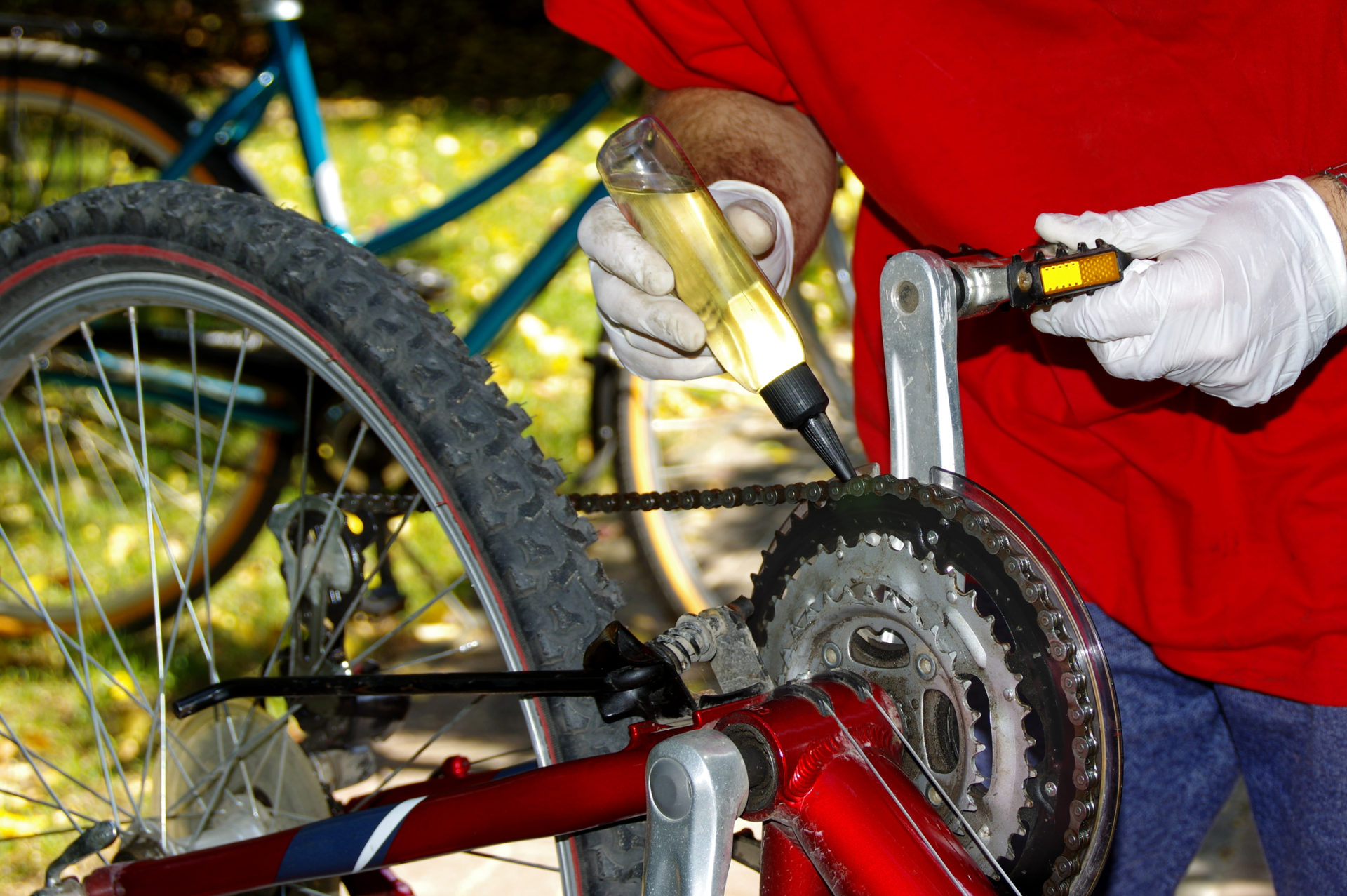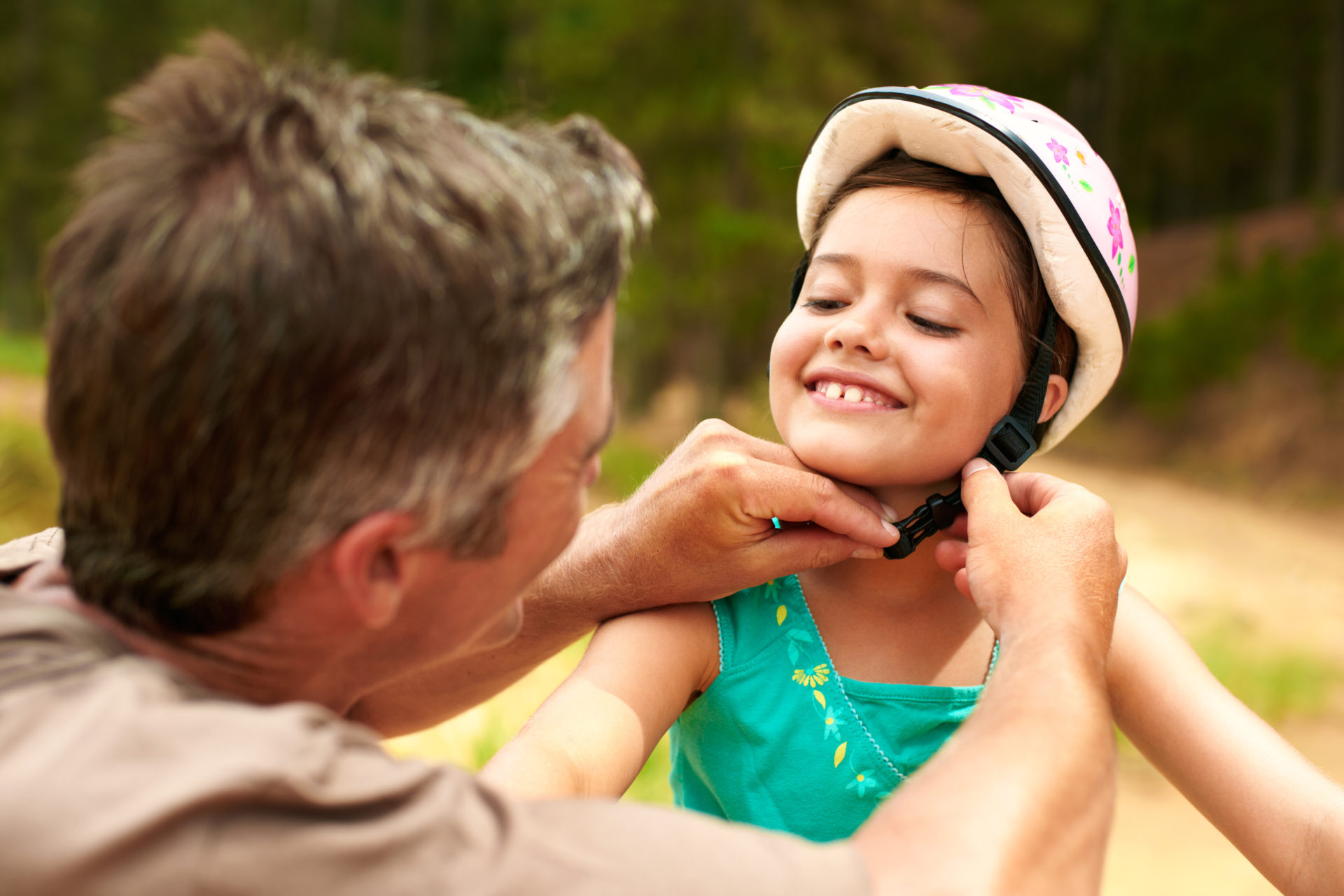Getting back on your bike in the age of self-isolation
 Cycling is a great way to get the heart pumping – thankfully, it’s also one of the things we can do to get out of the house.
But if your bike’s been loitering in the shed for a while, it’s a good idea to check it over before you saddle up. While it might be worthwhile getting a complete service at a reputable bike shop, you can easily do the basics yourself.
Cycling is a great way to get the heart pumping – thankfully, it’s also one of the things we can do to get out of the house.
But if your bike’s been loitering in the shed for a while, it’s a good idea to check it over before you saddle up. While it might be worthwhile getting a complete service at a reputable bike shop, you can easily do the basics yourself.
Brakes
Needless to say, you’ll enjoy riding much more if you can actually stop your bike. To check your brakes, lift one wheel off the ground at a time and spin it in the direction it would be rotating if the bike was travelling forward. Then, pull the brake lever to see if the brake pads grip. If the pads don’t grip sufficiently, or they don’t release when you let go of the lever, you’ve likely got a problem with the pads, callipers or brake cable. There are several types of brakes, so make sure you know what type is fitted to your bike. If you’re unsure how to carry out repairs and adjustments, then it’s off to the bike shop. Don’t take any chances.
Check the brakes before heading off. Image: IStock
Tyres
Over time, bike tyres will leak air. A puncture could result in an obvious flat, or you might just notice they’re a bit spongy. To check if you have a puncture, pump up the tyres then wait a while to see if they go down again. Most punctures are relatively easy to fix, and there are plenty of websites showing how to do the job properly. Knowing how to patch or replace a tube is a valuable skill to have, particularly if you plan on riding regularly. With just a small puncture repair kit (plus a spare tube in case the damage is beyond repair) you’ll be back in the saddle in no time. All the gear you need is available at your local bike shop. Keep in mind, a tube can usually be repaired while the wheel is still on the bike, but for tube replacement, you’ll need to know how to remove the wheels. If you don’t feel comfortable tackling tyre repair and you have RAA Road Service, a patrol will happily do the job for you – while following social distancing protocols, of course. Also, check your tyres for wear. If they’re damaged or excessively worn, they’ll need to be replaced. And remember, always pump your tyres up to the recommended pressure (printed on the tyre wall).
Make sure the tyres are in good nick. Image: iStock
Chain
Grime build-up and lack of lubrication can make your bike chain noisy, less flexible, and could even lead to it skipping teeth on the gears. A dirty chain could also cause the gears and the derailleur jockey wheels (the two little wheels on the mechanism at the back that selects the rear gears) to wear out more quickly. Cleaning and lubricating a chain is an easy job and, again, there are plenty of websites to help you out. A bike shop could also do it for you during a service.
Keep the chain well lubricated. Image: iStock
Helmet
Last year 5,745 cyclists were either cautioned or fined for riding helmetless. To avoid their fate, make sure you’ve got one, it’s in good condition, and that it’s Standards Australia-certified.
Make sure everyone’s wearing a helmet. Image: iStock

